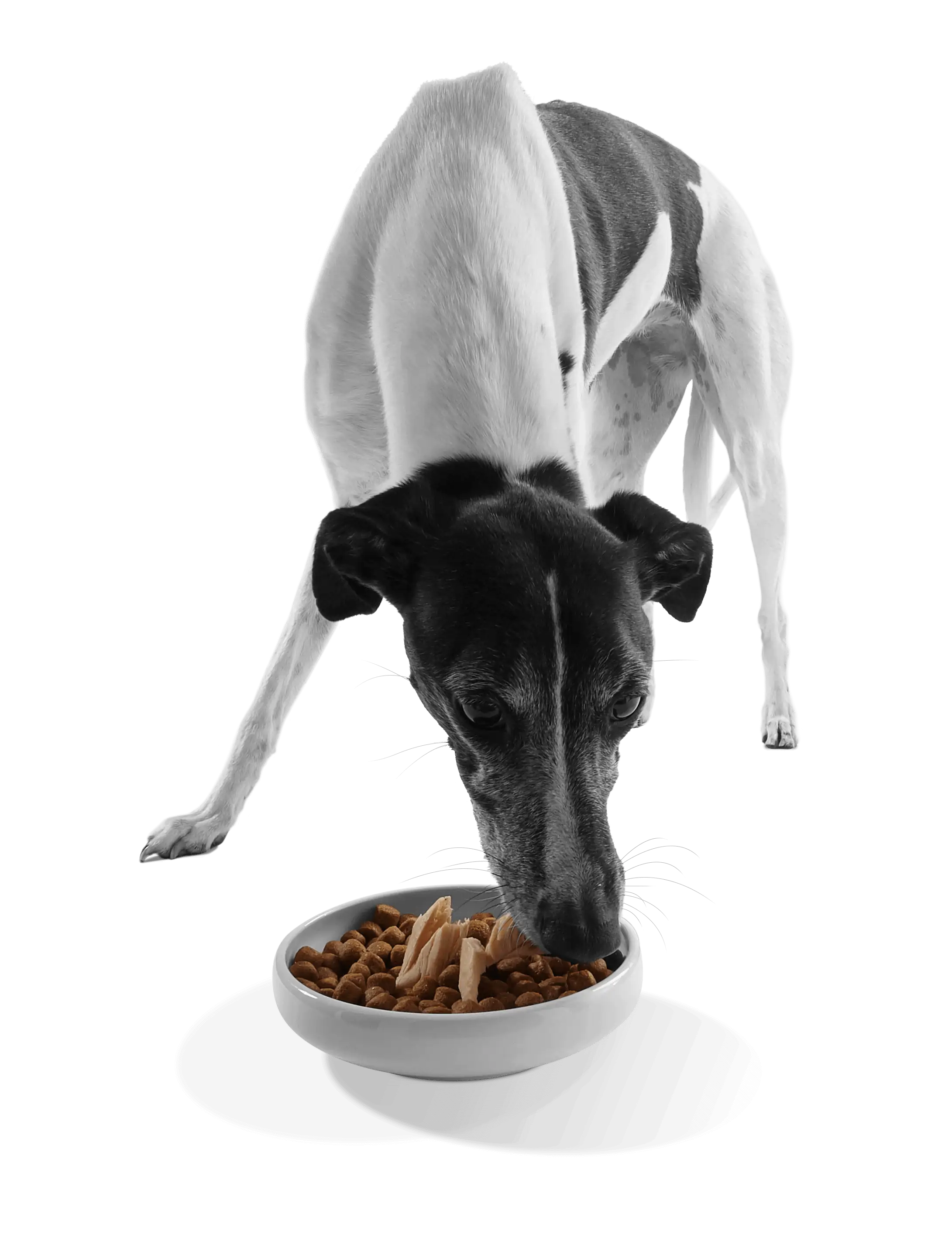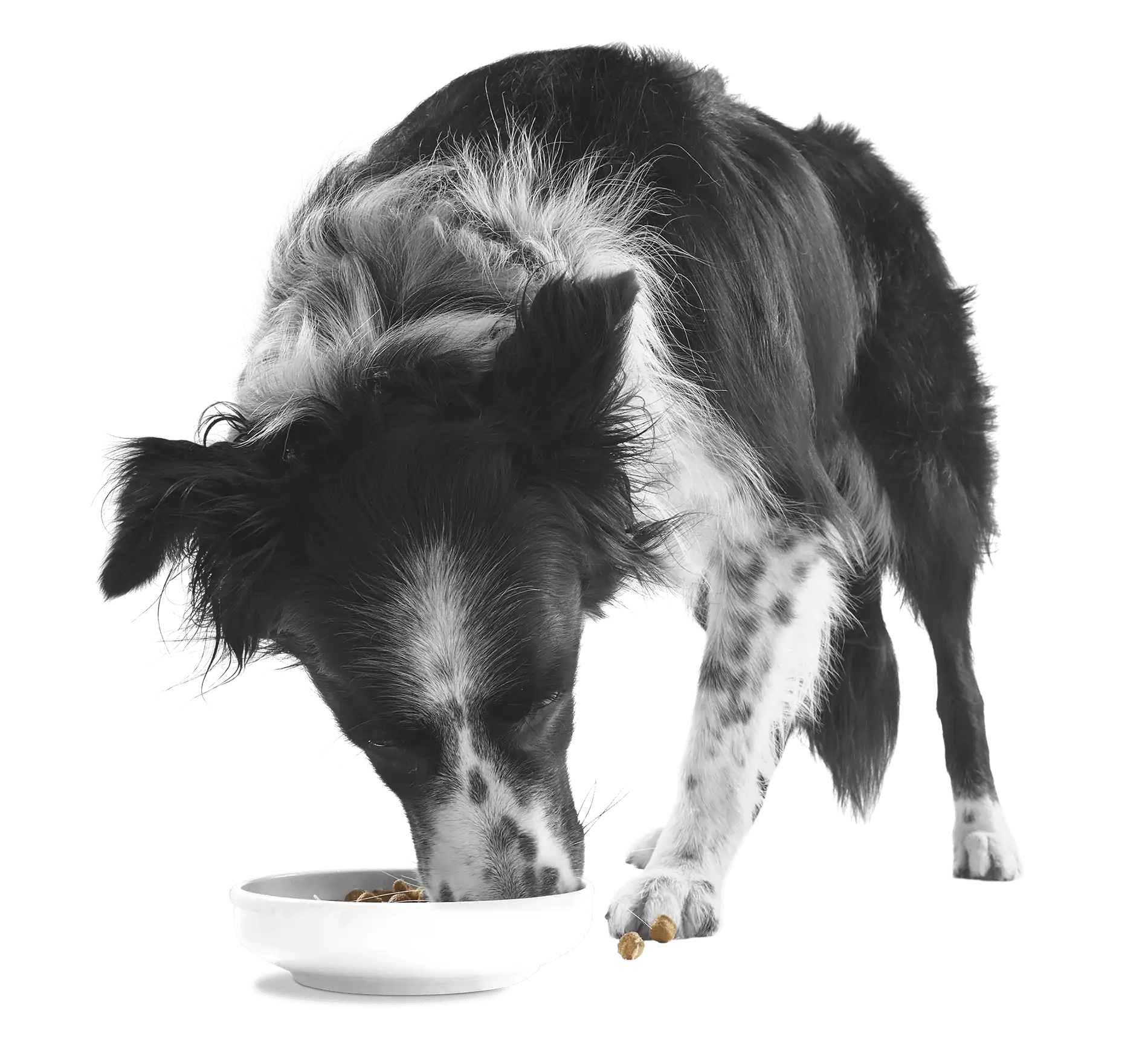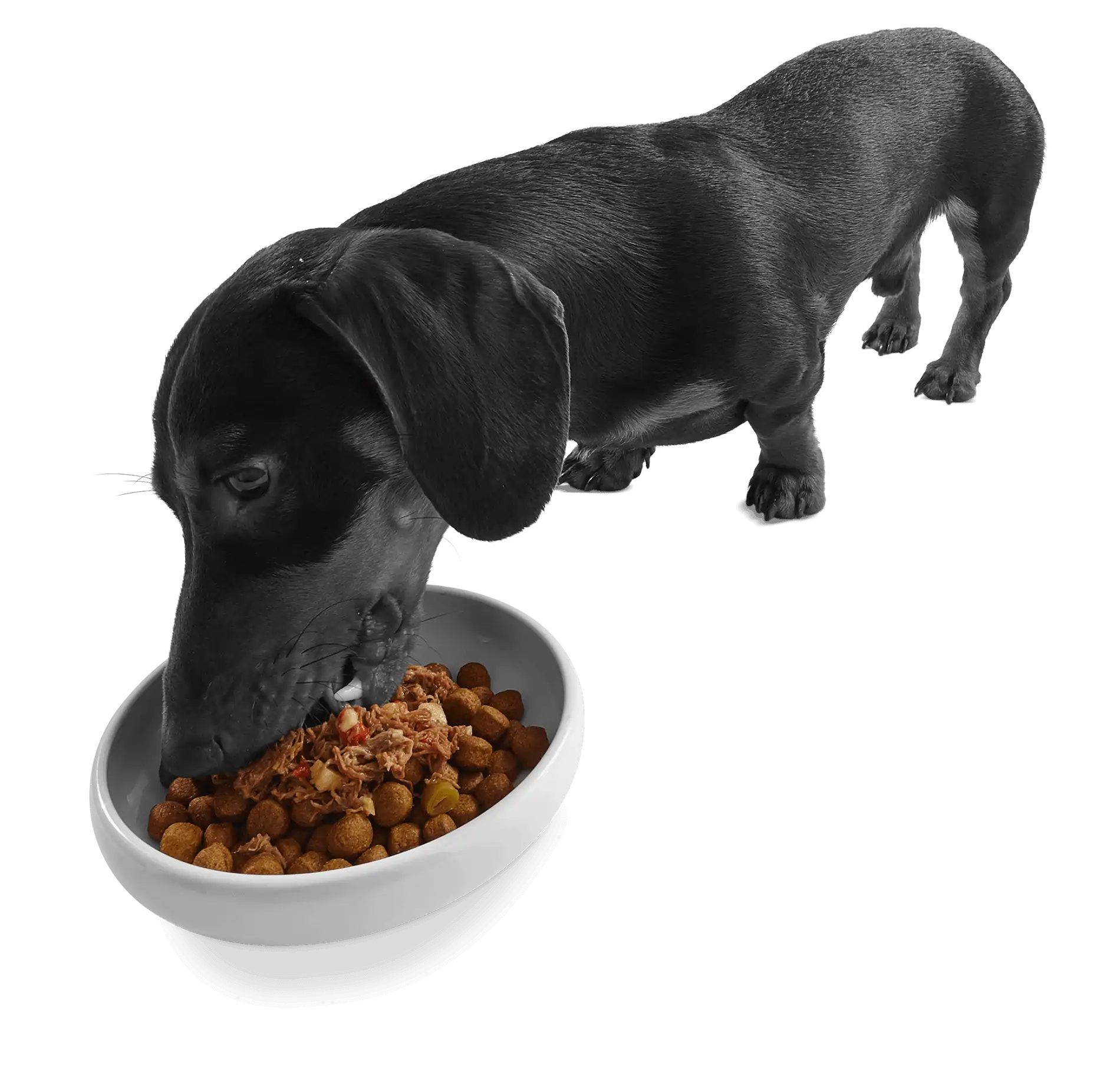Treats are an excellent way of showing our furry friends just how much we love them.
How many you should be treating them to on a daily basis will depend on a number of factors, including size, breed, age and health.
They should always be served alongside a diet that is complete and well-balanced, and we do recommend restricting the amount to around 10% of your dog’s daily calories.
When does it make sense to give your dog treats regularly?
Treats carry a bad name in some quarters, but that’s not entirely fair.
Feeding treats to your four-legged pups is perfectly fine — in fact in a lot of cases they can add genuine value and variety to a diet.
Too many tasty snacks though and you won’t just be potentially spoiling mealtimes, you could end up setting your healthy hound on a path to obesity.
That being said, food-based rewards can be an incredibly persuasive aid when trying to improve behaviour, or even fitness levels.
Training our furry friends through the use of rewards – positive reinforcement – is one of the best ways to establish patterns of behaviour you would like to see on a day-to-day basis. It can also help develop a positive, loving bond between the two of you, but will only work if you use treats that your dog finds enticing.
Treats are often associated with weight gain or bad health. But utilised in moderation, they can actually be excellent exercise motivators.
Attach a treat to a piece of string and pull it around the house for your dog to chase; you’ll soon see what we mean. You can even hide tasty little snacks around the home, prompting your adventurous pup to embark on their very own food hunt.
Mental stimulation is also key to a dog’s overall well-being, so try placing treats in a food puzzle toy. They’re fun and rewarding, and will help prevent boredom and anxiety.
What are the best treats to give a dog?
Treats should be mouthwateringly tempting, but just as importantly, they need to be healthy.
Ones that are high in calories, high in sugar or packed full of additives can end up causing our four-legged friends serious health issues (just like us humans).
The good news is there’s most likely already a host of natural, nutritious treats just lying around your kitchen waiting to be dished out.
Apples, for instance, are an excellent source of vitamins A and C, fibre and antioxidants. They’re also low in fat, so make for ideal treats. Always remove the seeds and core first.
Another couple of low-fat, low-calorie common kitchen dwellers that a lot of dogs love sinking their teeth into are carrots and green beans; healthy rewards that will put a spring in their step, and a smile on their face.
Sweet potatoes are another firm favourite with a lot of dogs. Loaded with nutrients, they contain vitamins C and A, along with other antioxidants that deliver a boost to the immune system. Mashed sweet potato is also suitable for any dogs who may be suffering from dental issues. Be sure to thoroughly cook and cut sweet potatoes up before serving them to your furry friend.
All of these dog-friendly ingredients can be found in Applaws Taste Toppers, which can be served as stand-alone snacks, as long as they are part of a complete and well-balanced diet.
If you and your beloved pet are new to the Applaws Taste Topper world, why not try one of these recipes first – Lamb with Courgette, Carrot & Chickpeas in Gravy Pouch or a Chicken Fillet with Rosemary?
Tasty treats, all brimming with goodness.
Conclusion
Dishing out treats can be highly fulfilling for pets, and us, but we do need to be careful we’re not doing more harm than good.
After all, we know just how easy it can be to get carried away rewarding our four-legged friends, especially when they’re on their best behaviour.
Set a daily goal and never exceed this number. Remember, moderation is vital when it comes to treats, and under no circumstance ever let them become a substitute for a complete diet packed full of nutrients.
Related content:





















